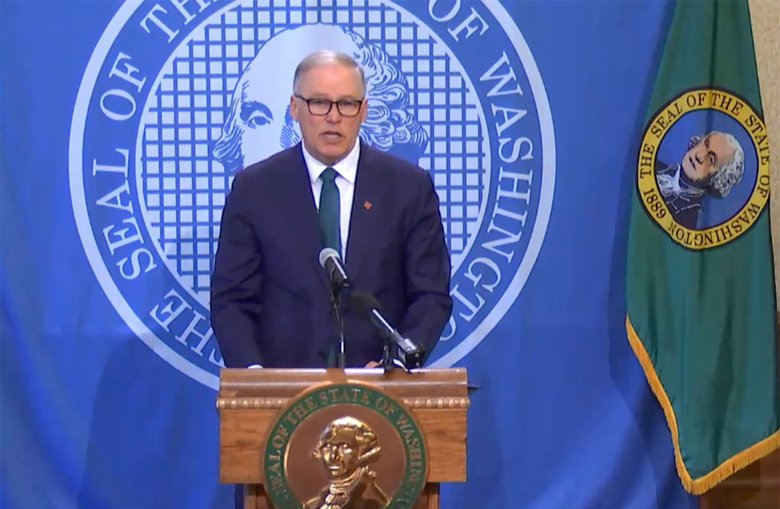Gov. Inslee's Shelter in Place Order

Construction: what's in and what's out.
Gov. Inslee’s Stay Home Stay Healthy has been extended to May 4. The order outlines the requirements for all people to remain in their homes “except to conduct or participate in essential activities and/or employment in providing essential business services.” On March 25, Governor Inslee released a memo specifically addressing the construction industry, clarifying what parts of the industry are considered “essential” per the order. In the memo he states that, “in general, commercial and residential construction is not authorized under the Proclamation because construction is not considered to be an essential activity.”
The memo goes on to state that only construction related to essential activities, as described in the order, will be considered essential. These include construction related to essential activities like health care, transportation, energy, defense and critical manufacturing; construction “to further a public purpose related to a public entity,” including publicly financed low-income housing; and emergency repairs. Inslee further clarified in a press conference that construction related to grocery stores is considered essential. There is no clarification regarding schools; our interpretation is that construction work on schools is not considered essential, although we are aware of some districts and universities that are moving ahead with construction activity.
Although the state guidance does not specifically reference architecture work, AIA’s interpretation is that such work in support of construction activity is allowed as long as the construction activity is on the state’s essential list. If your work is considered essential, you do not need to carry a license or paperwork proving that it is.
According to the governor’s order, non-essential business operations must be conducted from home except for “minimum basic operations to a) maintain the value of your inventory, b) preserve the condition of your premises and equipment, c) ensure security, d) process payroll and employee benefits, e) facilitate employees of the business being able to continue to work remotely from their residences, and f) conduct related functions.” AIA interprets this to mean that employees can go to the office for limited activities provided that all physical distancing and health and safety measures are adhered to while there.





